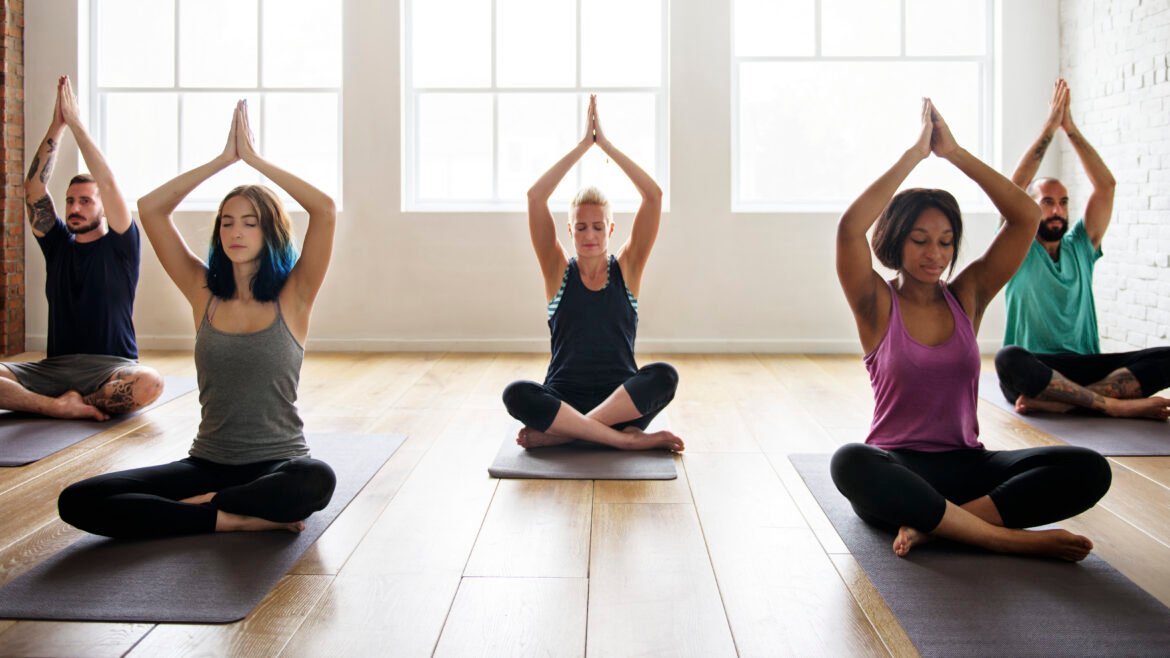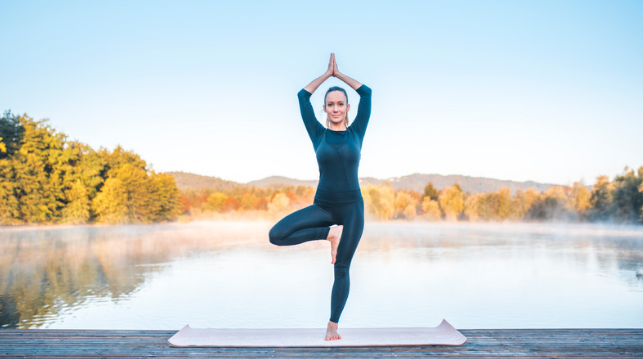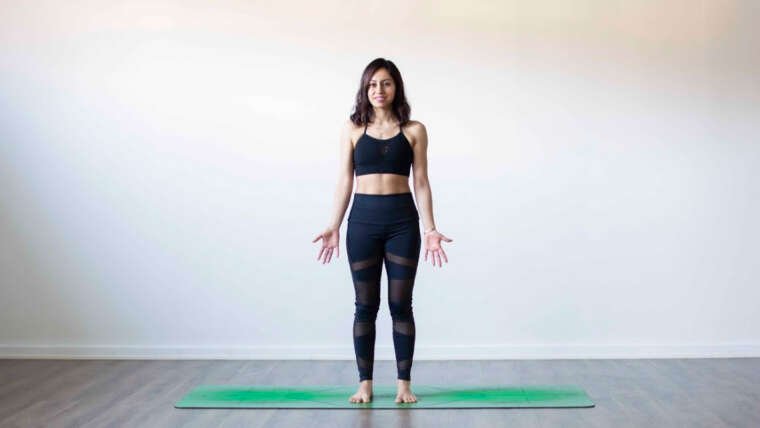Yoga is more than just a workout. It’s a way of life. It blends movement, breath, and mindfulness to bring balance to the body and mind. But have you ever wondered where yoga began?
Yoga dates back thousands of years, with deep roots in ancient India. It started as a spiritual practice, guiding people toward self-discovery and inner peace. Over time, it evolved, blending philosophy, meditation, and physical postures. Today, yoga has spread across the world, helping millions improve their health and well-being. Let’s explore its origins, history, and how it became the global phenomenon it is today.
The Origins and Philosophy of Yoga
The word “Yoga” comes from the Sanskrit root “Yuj,” which means to unite. It represents the union of the body, mind, and soul.
Yoga began in ancient India thousands of years ago. It was not just about physical postures but a complete way of life. The first yogi, known as Adiyogi (Shiva), shared this knowledge with seven sages, the Sapta Rishis. These sages traveled across the world, spreading the wisdom of yoga. This helped shape different traditions and spiritual practices.
The core philosophy of yoga is self-realization. It teaches that true happiness comes from within, not from external things. Through meditation, breath control, and discipline, yoga helps people connect with their higher self. It removes distractions and brings inner harmony.
Ancient texts like the Rig Veda, Upanishads, and Bhagavad Gita mention yoga as a spiritual practice. Later, Patanjali’s Yoga Sutras organized it into a structured system. His work laid the foundation for modern yoga.
The Evolution of Yoga Through History
Yoga has a rich history that has evolved over thousands of years, adapting to cultural and societal changes while maintaining its core principles.
Pre-Classical Yoga: The Vedic Origins
Yoga’s roots trace back over 5,000 years to the Vedic period in India. The Rig Veda, one of the oldest scriptures, contains hymns and rituals that mention meditation and spiritual practices. Ancient rishis (sages) and Brahmins (priests) refined these practices to achieve self-realization and inner peace. They developed techniques of breath control, mantra chanting, and deep meditation, forming the foundation of yoga.
Classical Yoga: Patanjali’s Yoga Sutras
The Classical period of yoga began around 200 BCE when the sage Patanjali compiled the Yoga Sutras. This text provided a structured approach to yoga, known as the Eightfold Path or Ashtanga Yoga. It consists of:
- Yama – Ethical principles (non-violence, truth, non-stealing, moderation, and non-possessiveness)
- Niyama – Self-discipline (cleanliness, contentment, self-study, dedication)
- Asana – Physical postures to strengthen the body
- Pranayama – Breath control to regulate energy
- Pratyahara – Withdrawal of senses to focus inward
- Dharana – Concentration
- Dhyana – Meditation
- Samadhi – Ultimate state of spiritual enlightenment
Patanjali’s work is still considered a foundation for yogic philosophy today.
Post-Classical Yoga: Tantra and Hatha Yoga
After Patanjali, yoga expanded beyond meditation into physical and energetic practices. Tantra Yoga emerged, focusing on awakening inner energy through rituals, mantras, and visualization. This period also gave rise to Hatha Yoga, which emphasizes physical postures (asanas) and breath control (pranayama) to prepare the body for meditation. The goal was to achieve balance between body and mind.
Modern Yoga: Global Influence
Yoga reached the West in the late 19th and early 20th centuries. Swami Vivekananda introduced yoga philosophy at the Parliament of the World’s Religions in 1893, emphasizing its spiritual aspects. Later, teachers like B.K.S. Iyengar, Pattabhi Jois, and T. Krishnamacharya developed popular physical yoga styles like Iyengar Yoga, Ashtanga Yoga, and Vinyasa Yoga.
Today, yoga is a global phenomenon, practiced for fitness, stress relief, and self-discovery. While modern yoga focuses heavily on physical postures, its deep roots in meditation and self-awareness continue to inspire millions.
Benefits of Practicing Yoga at Home
Practicing yoga at home comes with many benefits. It gives you the freedom to move at your own pace, without distractions.
Physical Benefits
Yoga increases flexibility, making your muscles and joints more mobile. Regular practice strengthens your body, improves posture, and boosts overall endurance. It also enhances balance and coordination, which prevents injuries. Many yoga poses promote better blood circulation, aiding heart health and digestion.
Mental Well-Being
Yoga calms the nervous system, reducing stress and anxiety. Deep breathing (pranayama) lowers cortisol levels, the stress hormone. Meditation and mindfulness practices improve focus, memory, and mental clarity. When you practice yoga at home, you create a peaceful space for self-care.
Emotional Balance
Yoga helps release pent-up emotions. It encourages self-awareness, making you more in tune with your feelings. Over time, it fosters patience, resilience, and inner peace. Simple breathing exercises can instantly shift your mood and promote relaxation.
Spiritual Growth
Yoga is more than physical movement; it’s a path to self-discovery. It connects you with your inner self, helping you find purpose and harmony. Regular practice promotes mindfulness, gratitude, and a sense of connection with the universe.
When you practice yoga at home, you gain control over your routine. It’s a simple yet powerful way to improve your health, mindset, and overall well-being. If you’re new to yoga, you can always reach out to experts at Yoga At Home for online guidance and personalized sessions.
The beauty of yoga is that it grows with you. It’s not about being perfect, it’s about showing up, breathing deeply, and feeling present. With regular practice, you’ll notice positive changes in your body and mind.
If you’re new to yoga, don’t worry. Everyone starts somewhere. The key is to begin and stay consistent. And if you need expert guidance, you can always seek help from professionals at Yoga at Home. Take the first step today.Your journey to better health and inner peace begins now.



